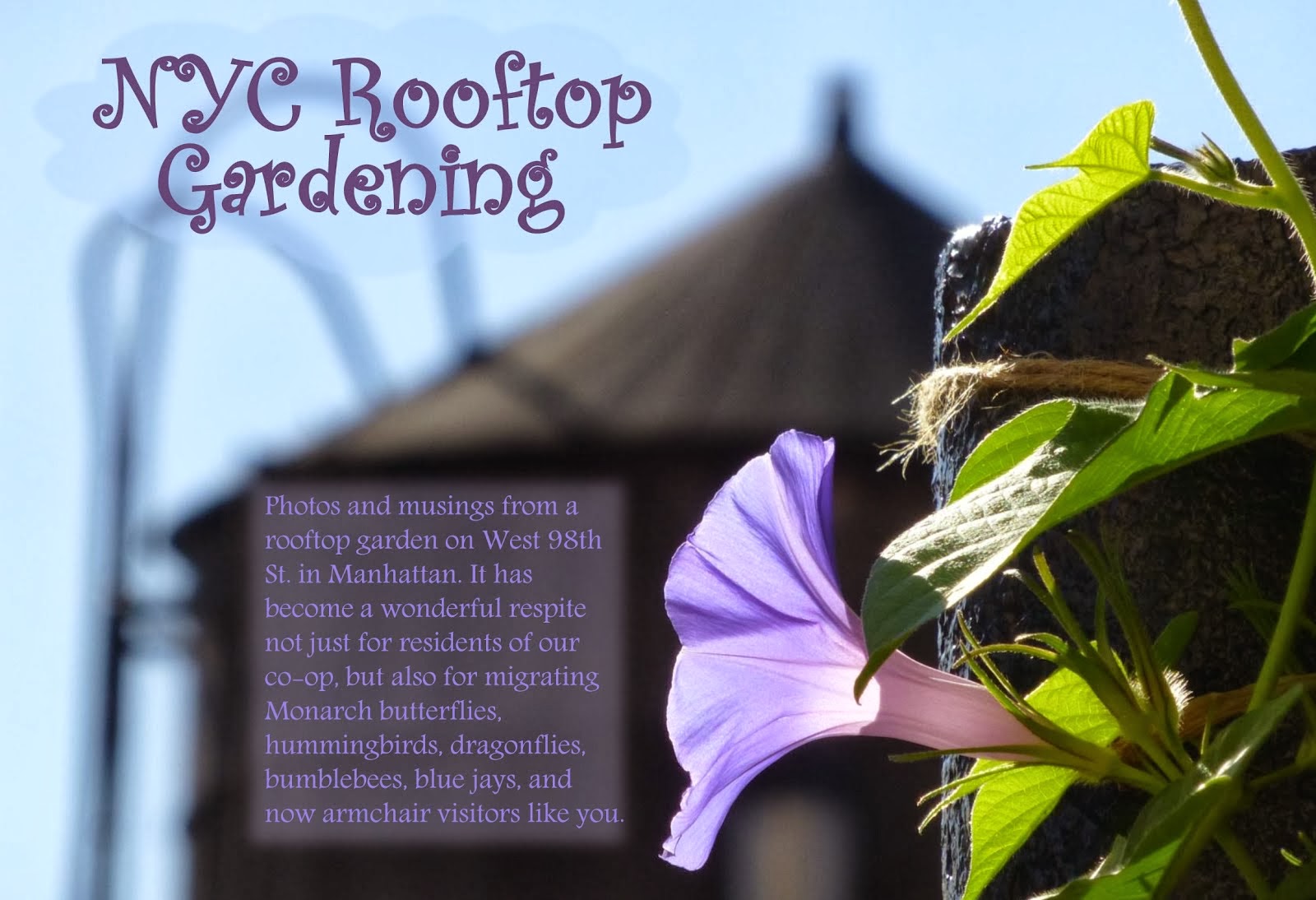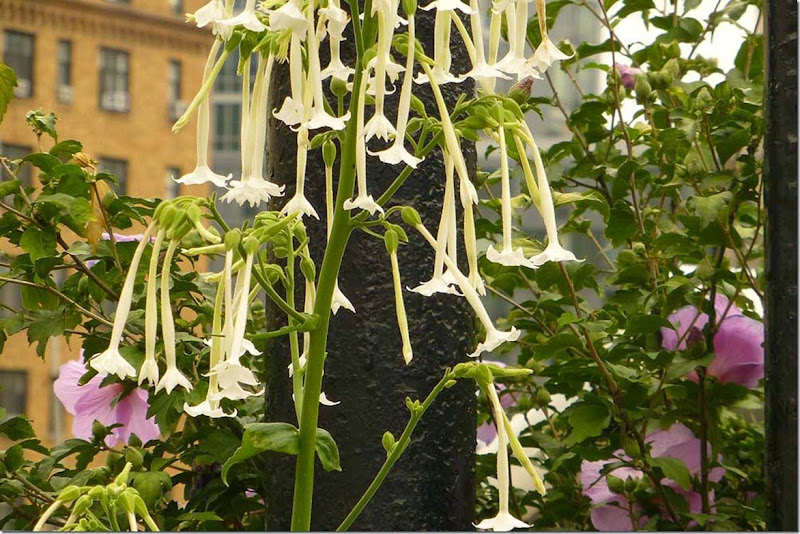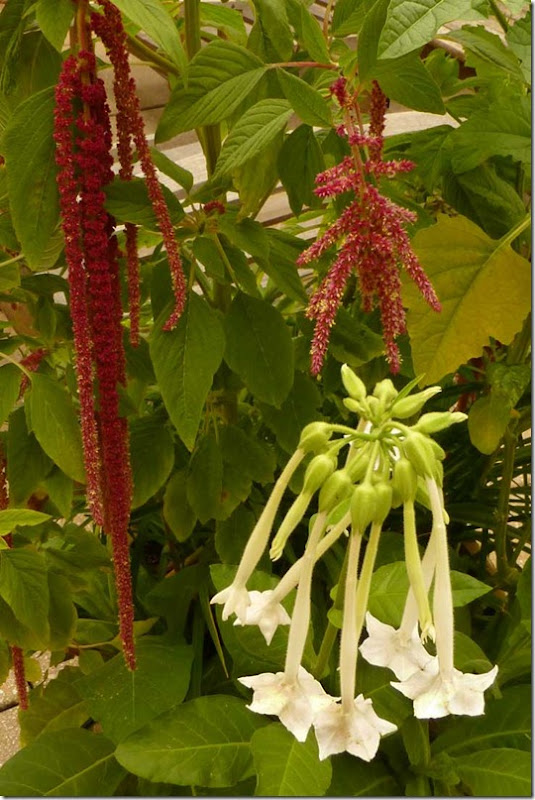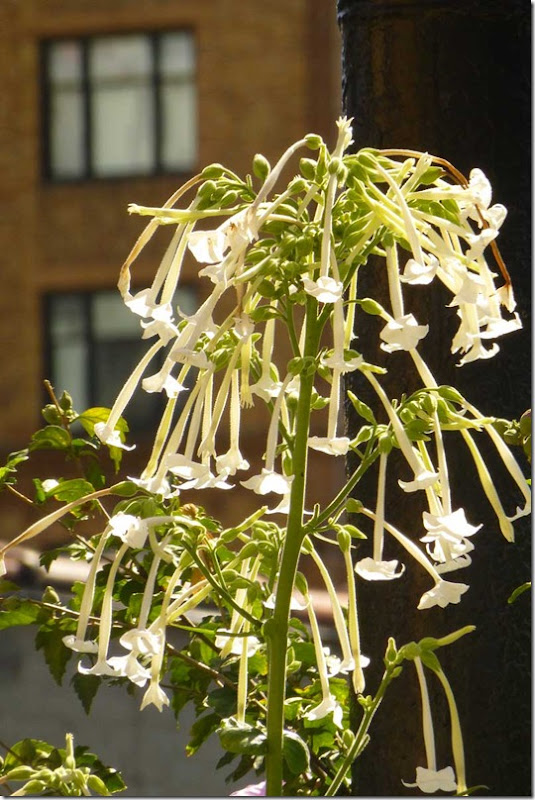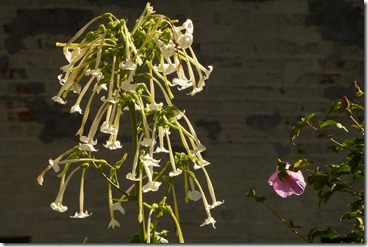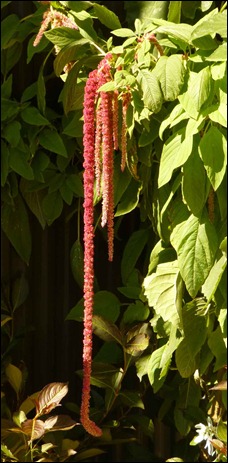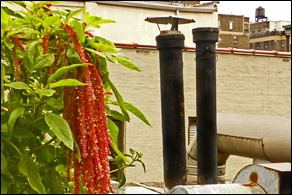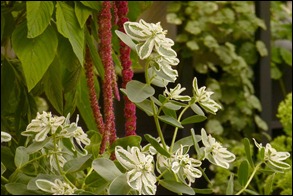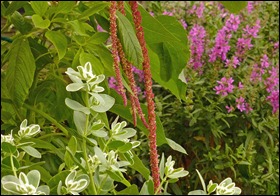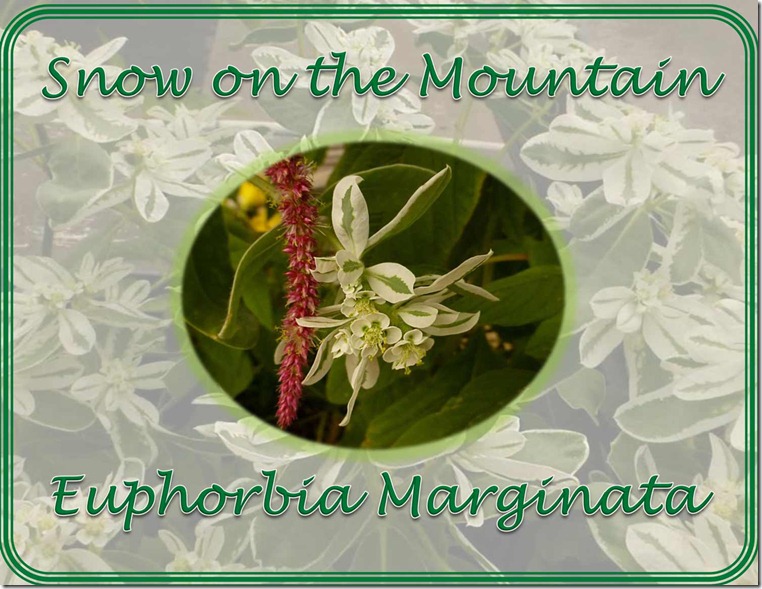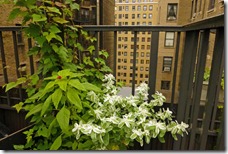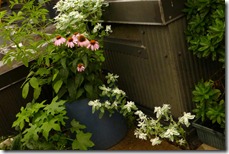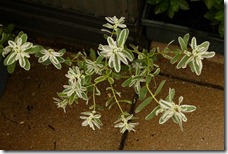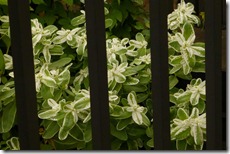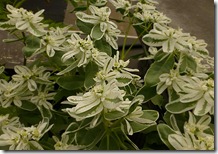The tobacco plant is native to the Americas and has been used by indigenous peoples in ceremony and as medicine since before the Christian Era. It was used for toothaches, and for dressing wounds. When burned in a pipe for prayer ceremonies, the smoke is not inhaled into the lungs. Native people would offer tobacco leaves as a gift to European settlers when they first arrived. It was used as a bartering item and was often considered “as good as gold.” Columbus brought it back to Europe as a plant known for it’s medicinal and insecticidal properties. During the Colonial era smoking cigars and pipes became popular. It’s addictive properties did not become apparent until people who smoked regularly tried to stop and realized how hard it was. The chemical nicotine was identified in 1828 when a German scientist classified it as a poison. During the Civil War smoking became more widespread to ward off hunger, and then later during the 1900’s cigarettes gained popularity. During the World Wars cigarette use among soldiers became even more common. The way tobacco is cured has a direct effect on the level of nicotine. If leaves are simply pulled or cut off the stalk and dried in the sun, they do not have as much nicotine as when they are dried slowly using gradual heat.
This particular tobacco has a wonderful perfume scent that is stronger in the evening. It is an incredibly hardy plant that grows well in a container and takes the rooftop heat, although it also attracted aphids and green caterpillars. Symbolically, because of it’s ceremonial use, I am happy to have tobacco growing on my roof.

